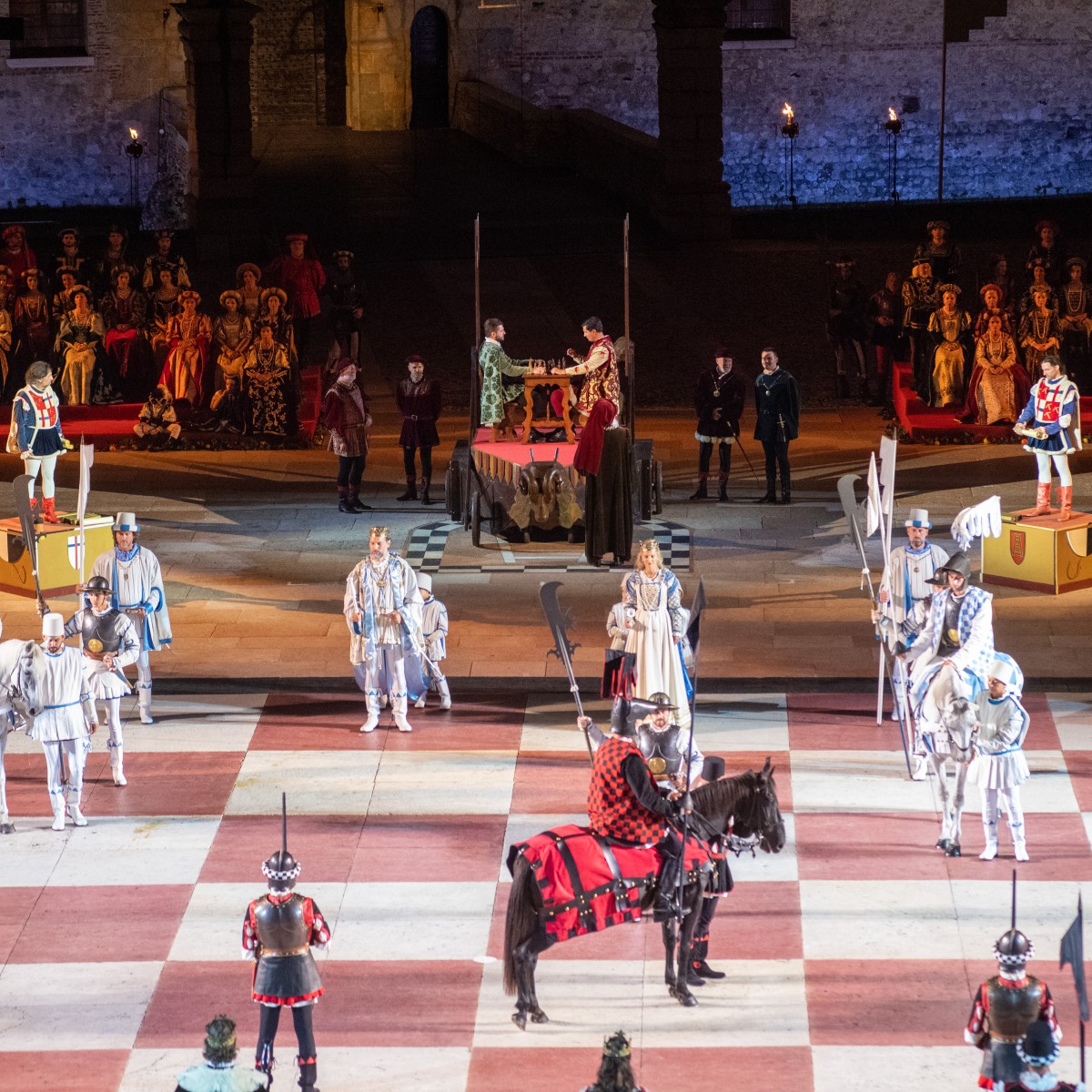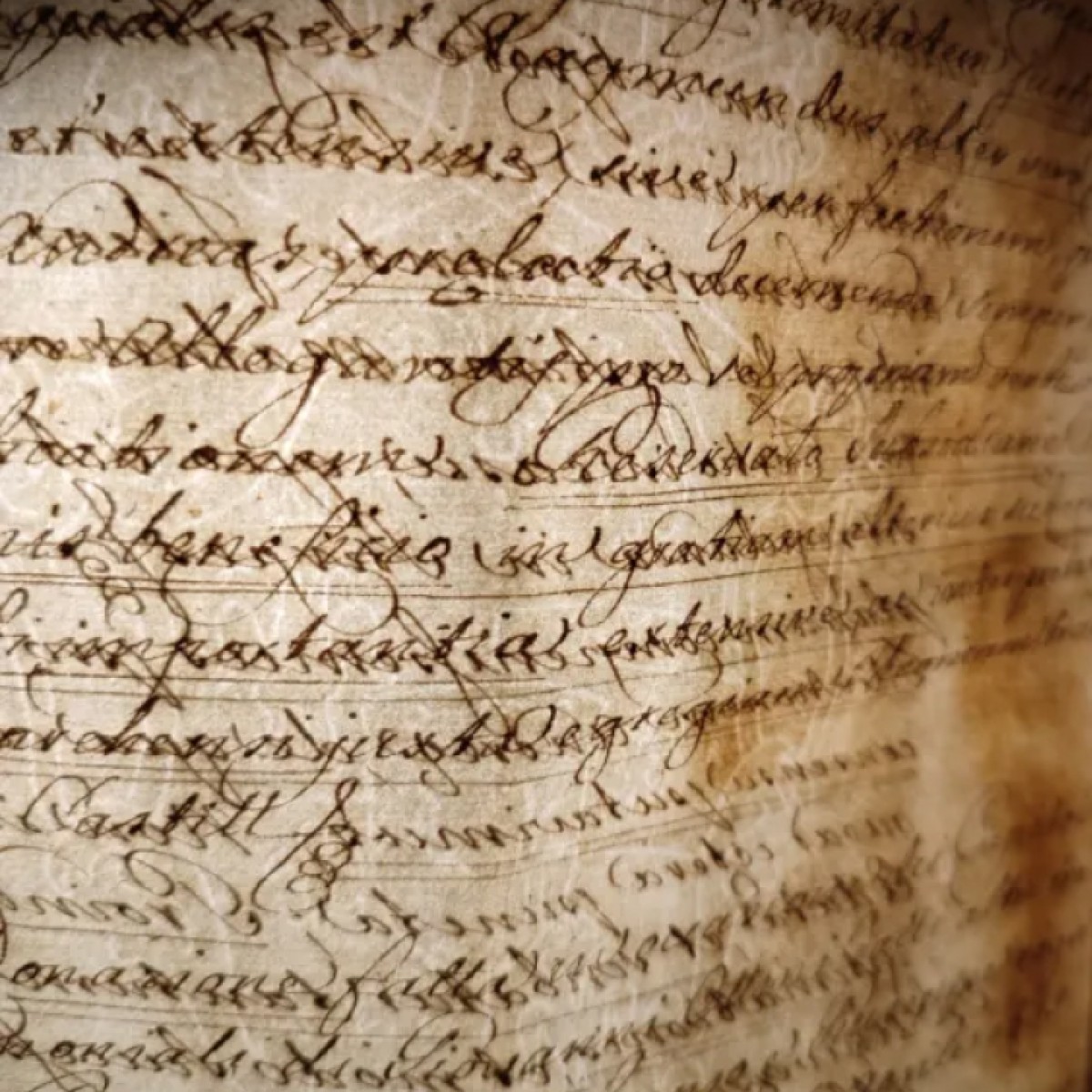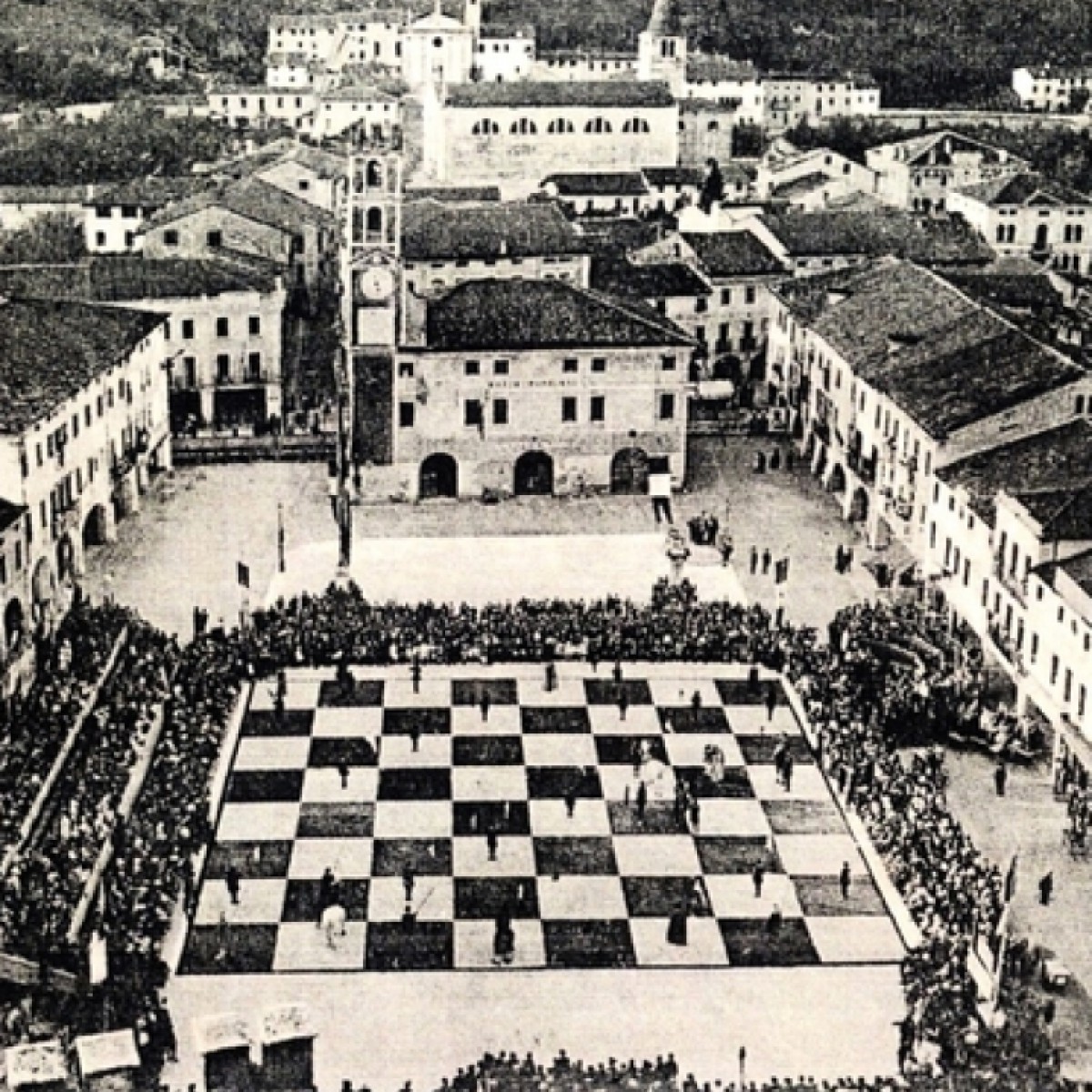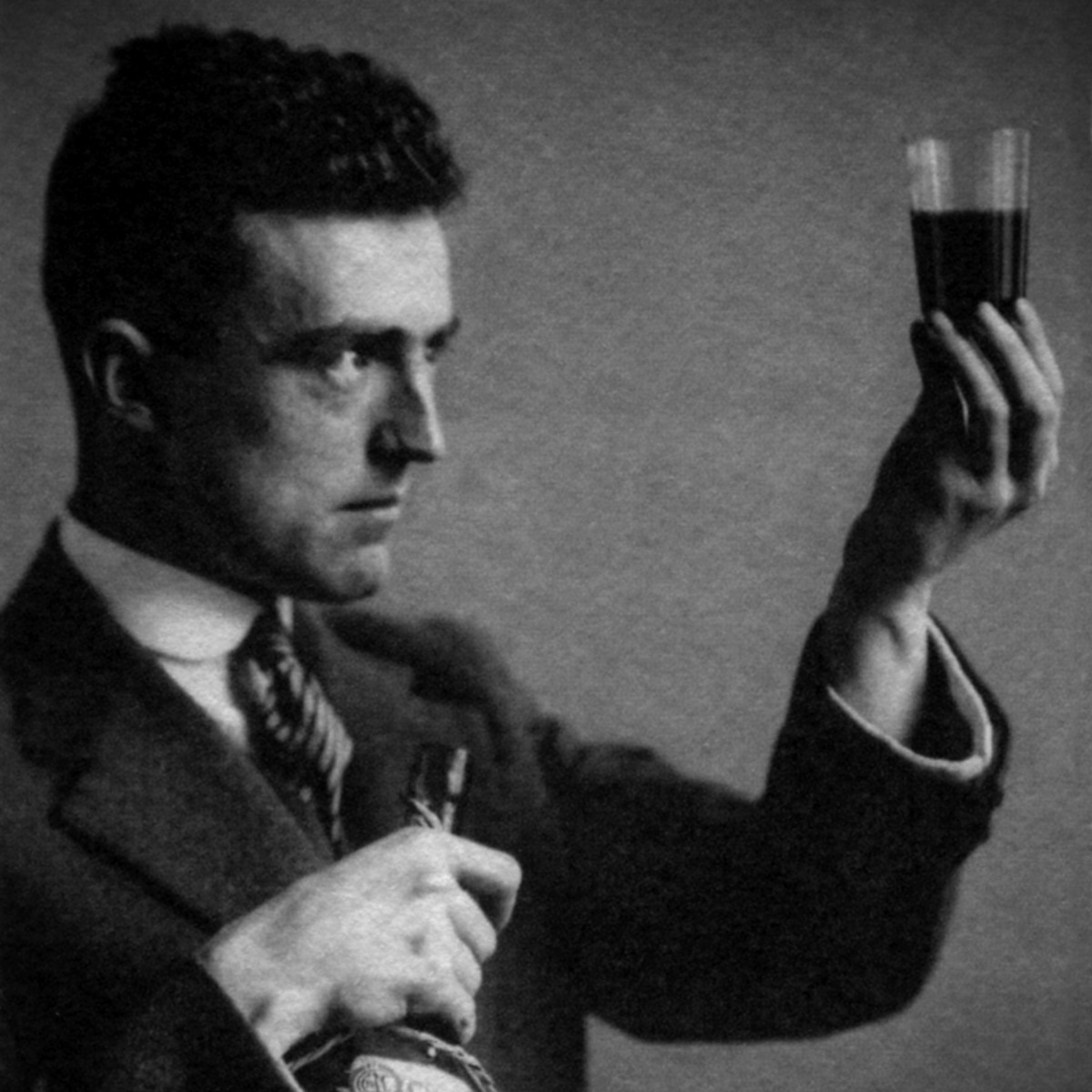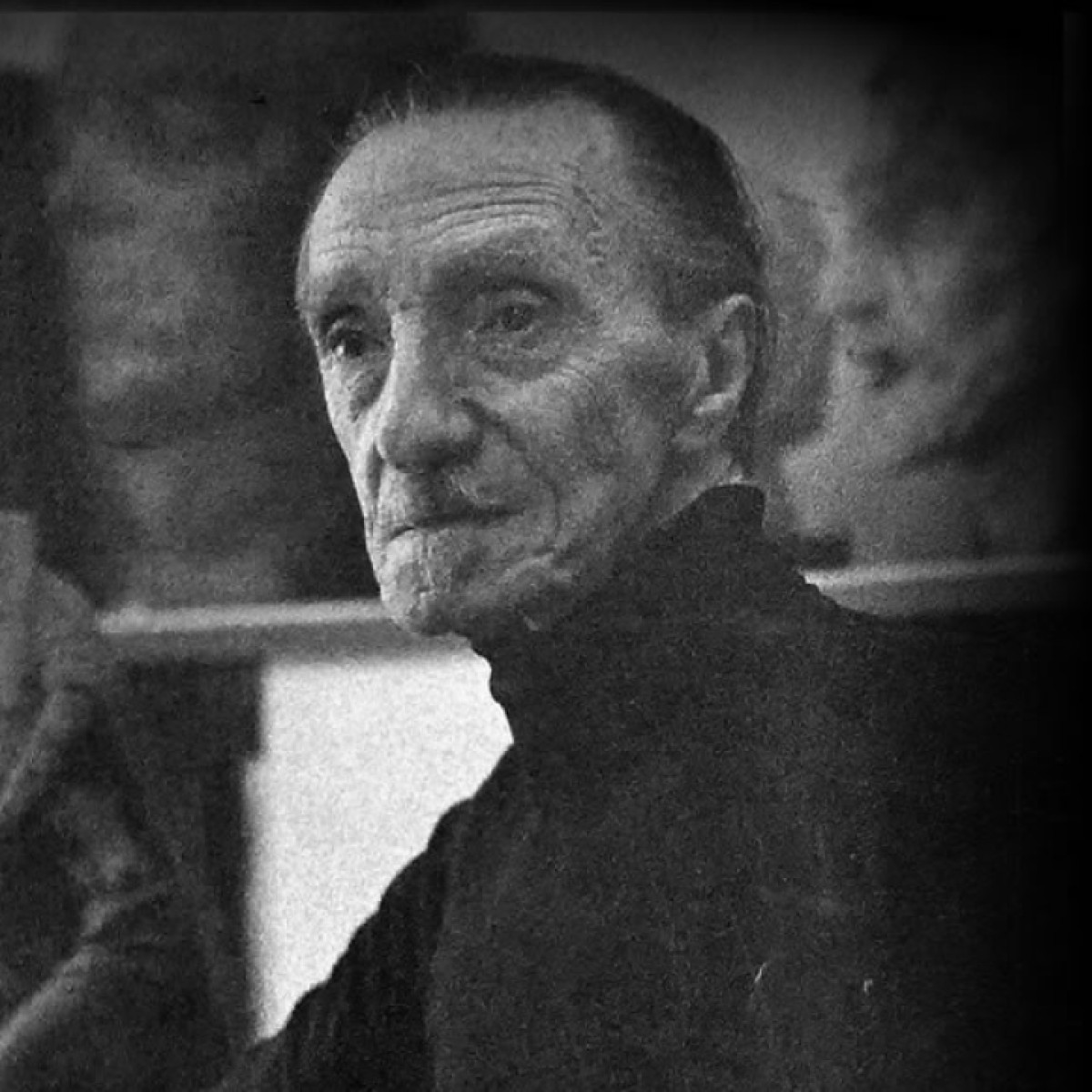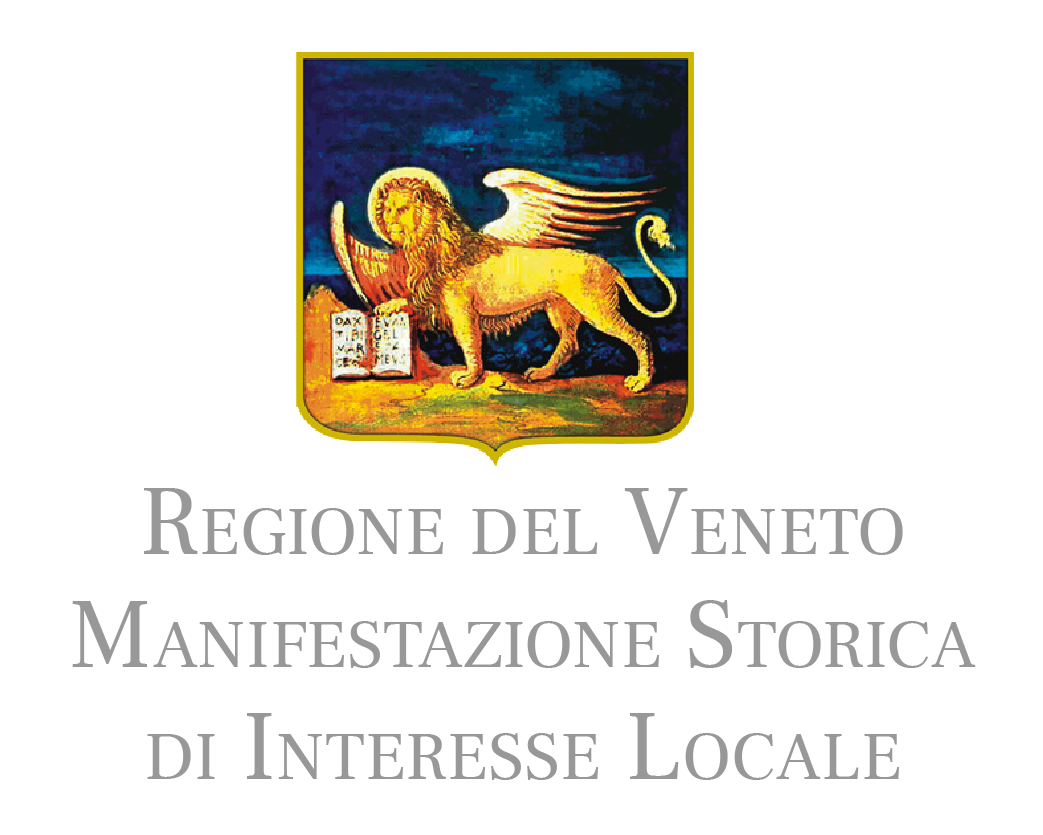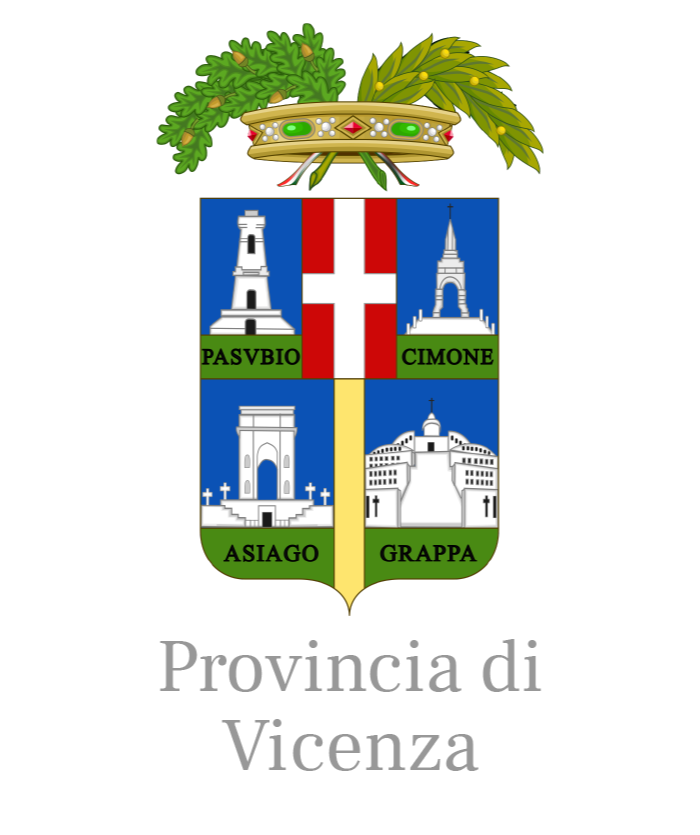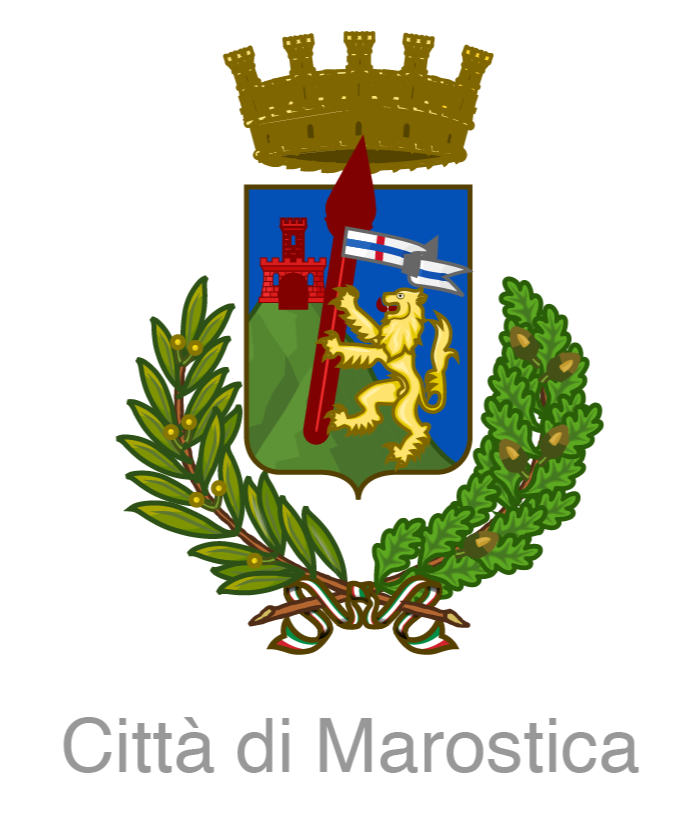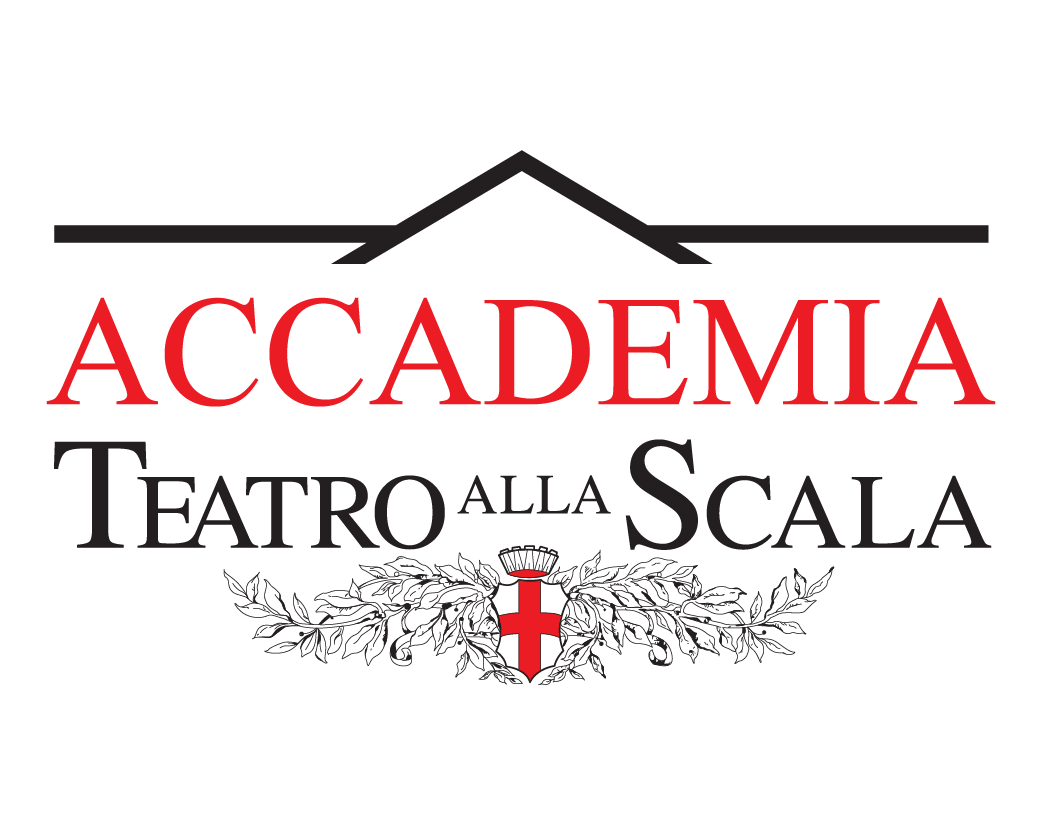The Script
The story is set in 1454, in the thick of an age of power and wealth that shaped the legend of Venice. It tells of two valorous noblemen of Marostica who challenged one another to a duel after both fell hopelessly in love with the beautiful daughter of the castellan. In accordance with an ancient edict, the young woman’s father decreed that he would give his daughter in marriage to the winner of a game of chess, and would grant the hand of his younger sister to the loser. The challenge was to take place in the piazza, or town square, using live chess pieces, before the local noble classes, visiting embassies and the townsfolk, following a parade. The epic battle ended with the victory of the suitor the fair maiden was secretly in love with, and the two marriages were celebrated to the joyful peal of the bells, accompanied by festive fireworks, dancing and music.
